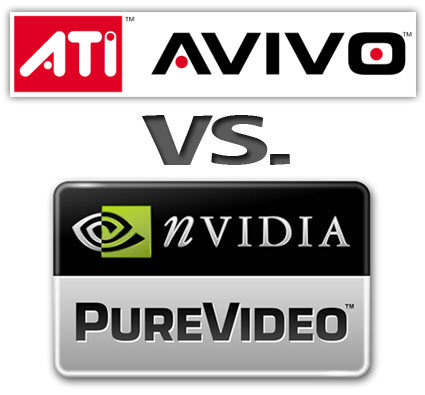Avivo vs. Purevideo, Round 1: The Radeon X1000 vs. Geforce 7000 Generation
What Are Avivo And Purevideo?
Avivo vs. Purevideo
On the ATI Website, Avivo is defined as "the new reference for advanced imaging and video." That definition is nebulous, but they do go into more detail after that.
On the Nvidia site, Purevideo is defined as "the combination of a dedicated video processing core and software that delivers ultra-smooth, high-definition H.264, WMV, and MPEG-2 movies with minimal CPU utilization and low power consumption." That's probably a better way to describe it in a single sentence.
To simplify the definition even more, let's cut to the chase: Avivo and Purevideo are marketing terms that represent any technology offered by ATI and Nvidia (respectively) that improves the video viewing experience. These blanket technologies cover anything that makes video look better or play smoother.
Even though the Avivo vs. Purevideo competition has been discussed time and again, there are still a few things to be learned on the video front, a few points that should be stressed and even a surprise or two. The areas we'll look at are DVD playback quality, CPU utilization and even video encoding acceleration. But more importantly, we focus on how to get everything to work - because if you don't know how to enable these great enhancements, all the comparisons in the world aren't worth a bag of beans.
It's safe to say that over this holiday season there were a great deal of Radeon X1000 and Geforce 7000 series cards sold. The new Geforce 8800s are awesome but will likely account for a very small percentage of sales, so before we dig into the video playback features of the next generation Geforce, we thought we'd do a recap of the majority of cards out there. We'll have a close look at Nvidia's DirectX 10 wonder card and high-definition video, in Part 2.
Join our discussion on this topic
Get Tom's Hardware's best news and in-depth reviews, straight to your inbox.
Current page: What Are Avivo And Purevideo?
Next Page Some Important Background InformationDon Woligroski was a former senior hardware editor for Tom's Hardware. He has covered a wide range of PC hardware topics, including CPUs, GPUs, system building, and emerging technologies.
